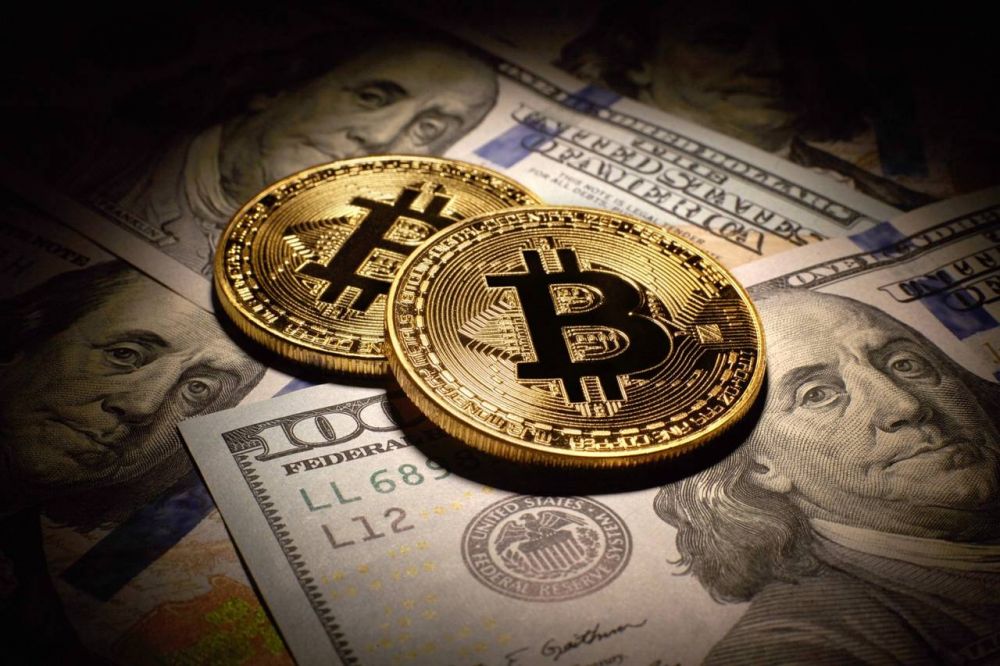Both candidates made crypto an important issue to attract younger voters, but it’s not yet clear if the winner, Yoon Suk-yeol, will introduce legislation fulfilling his promises; bitcoin and ether were both in the red.
Russia’s invasion of Ukraine raged on over the weekend, and investors continued to watch events with trepidation .
At the time of publication, bitcoin was trading at about $37,800, off about 3% from where it started the weekend. Ether was trading at approximately $2,500, also down roughly 3% for the same period. Most other major altcoins were in the red.
Since Russia began its unprovoked attack, bitcon, has risen and dipped within the $37,000 to $45,000 price range that it entered in late January. “It’s been another range-bound, indecisive week for Bitcoin and the crypto markets where the market leader has failed to make any meaningful headway on the upside,” wrote Joe DiPasquale, the CEO of fund manager BitBull Capital, in a text to CoinDesk. He added: “The current price action is typical during bearish phases, as was seen in May, June and July, and often precedes strong price bottoms.”
Cryptos have largely followed the performance of equity markets, which have dropped significantly in recent months and turned particularly edgy as Ukraine turned into a tinderbox. The economic fallout has troubled a global economy that was already struggling to address logistical bottlenecks, workforce shortages for key positions, rising energy prices and wider inflationary concerns. A crypto executive order by the Biden Administration that sent bitcoin into the mid $40,000 range now seems way in the past.
U.S. gas prices rose to $4.33 per gallon late in the week, smashing the previous record of $4.08 set in 2008 during the Great Recession and nearly $1.50 higher than the price a year ago, according to the American Automobile Association (AAA). On Thursday, the U.S. Labor Department’s Bureau of Labor Statistics reported that U.S. inflation had accelerated in February to a fresh four-decade high of 7.9%. Investors fear that sanctions against Russia, a major global supplier of oil, could send prices even higher.
Crytpo’s weekend performance followed another series of Ukraine horrors. Early Sunday, a Russian missile strike on a Ukraine military training center just 10 miles from the border to Poland killed 35 people, according to multiple reports, and threatened to spread the conflict beyond Ukraine borders. Earlier during the weekend, Russia said that it viewed efforts to supply Ukraine as “legitimate targets.” A U.S. journalist was killed on Sunday while reporting from a Kyiv suburb.
Meanwhile, the U.S. and other countries that have condemned the invasion have continued to look for ways to ratchet up their sanctions, and a growing list of major, global brands have said they will no longer do business in Russia.
“The teetering of crypto prices near a price point that led to lows over the last month is also related to uncertainty over the military actions between Russia and Ukraine,” DiPasquale said. “Just as equities markets have been vacillating, crypto markets have largely done the same.”
But DiPasquale said the U.S. central bank’s Federal Open Market Committee (FOMC) decision Tuesday on interest rates would be “very interesting for markets.”
“Volatility is a certainty, but whether the market will rise or fall will depend on what the Fed comes out with,” he said.
